This Cornerstone Forum series, of which this article is the fourth, is published under RFI’s Freedom of Religious Institutions in Society (FORIS) Project. FORIS is a three-year initiative funded by the John Templeton Foundation to clarify the meaning and scope of institutional religious freedom, examine how it is faring globally, and explore why it is worthy of public concern. This series aims to address the first set of issues (i.e., the meaning and scope of institutional religious freedom).
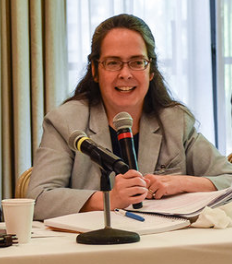
In the United States we commonly think of religious freedom as an individual liberty, and at its most basic level, it is. It is individual persons who believe and have faith, and no one can trust for another, pray for another, worship for another, or love for another. At the root of religious belief and practice is a relationship between persons and the divine. Religious believers seek a connection with the ultimate power (or powers) that grounds all reality, and this connection promises salvation, liberation, fulfillment, or some combination of these. The divine-human relationship requires the exercise of human freedom, and the demands it makes on religious believers have an importance that exceeds more mundane concerns. These insights have informed America’s tradition of religious liberty, including the statutory and constitutional protections that serve to protect this fundamental human right.
The social nature of persons means that religious freedom will also have essential corporate components. It is individuals who believe, pray, and worship, but they usually do so as part of religious groups[1] and in the context of faith traditions that both shape religious believers and are shaped by them. The believer’s relationship with the divine is pursued and lived out in relationships with others, and this insight has also informed the development of America’s tradition of religious freedom.
In recent years, the corporate aspects of religious freedom have become a greater focus of scholarly discussions and public debates. One outcome of these discussions is that there is broad agreement that the most private activities of religious groups are entitled to robust protections. For example, there is widespread agreement that, as a general matter, government should not interfere with a religious group’s choice of clergy, worship practices, or mission and teaching. In these contexts, exemptions can—and sometimes must—be made from neutral, generally applicable laws serving secular public purposes. On other matters, however, there is less consensus. When religious groups reach outside themselves to employ or serve those outside the faith or those with dissenting views, for example, some argue that religious freedom should be drawn much more narrowly. There is even greater push-back when conflicts involve the religious activities of for-profit businesses. In these contexts, many observe, the interests of third parties and the broader community are also at stake.
Today’s debates about institutional religious freedom frequently pit the interests of a given religious group against the interests of those outside the group, and participants tend to emphasize one side over the other when clashes occur. Framed this way, debates about institutional religious freedom have become divisive and intractable. I argue here that a more promising and nuanced approach begins by considering the reasons for protecting institutional religious freedom and the types of limits that make sense in the institutional context. The contours of religious group freedom in particular settings should be drawn in light of these broader principles. Before elaborating and illustrating this proposal, it is helpful to start with a threshold question. What is a religious institution, and how does it differ from other types of groups where religion is practiced?
What is a Religious Institution?
The social nature of persons means that religion will frequently be exercised in institutional contexts. Most individuals belong to multiple communities, including formal institutions such as schools, workplaces, recreational organizations, and civic associations. In all of these settings, religious believers will seek to act in ways that are consistent with their faith. For example, employees will want to follow the demands of their faith in work settings, and religious believers who own and operate businesses will seek to align their business decisions with their faith. However, not all of the institutional settings in which faith is exercised are religious. A religious institution is an organization whose character and purposes are religious. Religious values shape the organizational life of the group, and the group exists for religious ends. Churches and similar institutions in other faith traditions are clearly religious; their purposes are solely religious and define their internal affairs. Nonprofit organizations with religiously-informed charitable purposes are also religious.
Sometimes for-profit businesses will also have religious purposes. If the operation of the business is substantially shaped by a religious vision for group life and its purposes are substantially religious, it makes sense to identify it as a religious group (although religious protections in commercial settings may differ from the nonprofit context). Relatively few businesses will meet these criteria. A business is not a religious institution just because the religious beliefs of its owners place some limits on its operation and a portion of profits is used for religious purposes. Such a business may make religious freedom claims, but not as a religious institution. To be a religious institution, an organization must have a substantially religious character as well as purposes that are substantially religious. It is this combination of features that gives rise to distinctive considerations and distinctive protections.
Why Protect Religious Groups?
Religious groups take many different forms across religious traditions, but they share a number of basic functions. Religious groups are centers of religious worship, spiritual formation, doctrinal development, and faithful practice. In and through religious institutions, religious believers define, express, practice, and pass on their faith. Religious organizations also engage the broader community as believers share their faith and its teachings and live out its ethical commands in their relationships with others.
All of these functions make religious groups integral to religious belief and practice. The importance that religious believers attach to their relationship with the divine extends to the activities of the groups where faith is nourished, developed, and lived out. Government interference in the activities of religious groups risks distorting the development of religious doctrine and compromising the ability of religious believers to preserve and pursue their faith. Government lacks competence in religious matters, and its interests are secular, not religious. Thus, a commitment to religious freedom requires a commitment to robust protection for religious groups.
Institutional religious freedom also benefits the larger community. The charitable activities of religious groups promote the common good, often in unique ways and through the dedication of deep religious commitment. The role that religious groups play in transmitting and modeling moral values also promotes the common good. Religious groups have long contributed to the formation and renewal of America’s public values, including through the diversity of their perspectives and their challenges to the status quo. Government interference in the affairs of religious groups risks curtailing their activities for the public good and undermining their distinctive witness.
Institutional religious freedom also benefits the larger community by reducing the civil strife and division that attends government interference in religious affairs. For religious believers, nothing can be more
important than their relationship with the divine, and the religious institutions that nourish faith become sacred spaces. Government interference with the sacred provokes bitter resentment that destabilizes political communities and undermines commitments to public institutions.
Limits on Institutional Religious Freedom
The freedom that religious groups enjoy cannot be without limits, and indeed, limits arise from the requirements of religious freedom itself. For example, institutional religious liberty must be consistent with individual religious liberty. The scope of institutional religious freedom should not be construed in ways that force people to associate with religious ministries or block exit from groups. Additionally, while religious groups must have broad freedom over their internal affairs, governments should have some power to protect vulnerable members, such as children and adults with intellectual and mental disabilities. Governments can also take steps to protect those outside the group from physical and economic harms, and institutional religious liberty does not afford religious groups freedom to take actions that directly endanger public safety or basic conditions of public peace and order. All of these limits promote liberty, including religious liberty, but even in these situations the government must take the least restrictive approach to achieve its goals.
In addition, religious groups will often interact with insiders and outsiders in ways that presume some level of government oversight. They do so, for example, when they sign employment contracts that are enforceable in the courts or when they work in partnership with the government to address social problems like the alleviation of poverty or the care of neglected children. In these cases, religious institutions do not expect full control over their internal affairs, but they also do not intend to forfeit their freedom over the religious character of their ministries. Limits to institutional autonomy may apply in these and other contexts, but these limits should be construed in ways that protect the group’s religious purposes.
Institutional Religious Freedom in Context: Public Partnerships with Religious Foster Care Agencies
When defining the scope of institutional religious freedom in particular contexts, all of these considerations should be kept in mind. In some contexts, there will be justifications for, and limits on, institutional religious freedom that pull in different directions. In these cases, none of the relevant values should be ignored; all should be balanced and accommodated to the greatest extent possible.
Take, for example, today’s disputes over the application of antidiscrimination rules to faith-based foster care agencies that object to placing children with same-sex couples. Earlier this year, in Fulton v. City of Philadelphia, a federal court of appeals upheld the decision of the city of Philadelphia to terminate a contractual relationship with Catholic Social Services (CSS) because CSS refused to certify same-sex couples as foster parents. CSS’s position followed church teaching that marriage is between a man and a woman. While almost thirty other foster care agencies were willing to certify same-sex couples and no same-sex couple had ever sought to work with CSS, the court found that an accommodation for CSS would harm gay couples and that the city had a compelling interest in applying its antidiscrimination rules without exception. CSS has asked the Supreme Court to review the lower court’s decision.
Fulton raises constitutional and statutory issues that are beyond the scope of my analysis here. However, regardless of any obligations under federal or state law, Philadelphia’s understanding of institutional religious freedom was too narrow. For many years the city and CSS had worked closely together to meet the needs of Philadelphia’s most vulnerable children, and as part of their relationship, CSS’s foster care program was heavily regulated. CSS’s departure from the city’s policies was narrow; it objected only to the requirement that it certify same-sex couples. CSS was not unwilling to work with LGBTQ individuals, and it did not object to any of the city’s other antidiscrimination rules. By conditioning participation in its foster care program on CSS’s willingness to violate long-held religious beliefs regarding the nature of marriage, the city placed pressure on CSS to run its ministry in a way that was inconsistent with its religious teachings. It did not make room in the foster care system for the diversity of America’s religious traditions and their different understandings of marriage and family but, rather, sought uniformity. The result, it knew, would be to eliminate a program that had benefited numerous foster children as well as the larger community. By refusing to make any exceptions to its antidiscrimination rules, the city gave little weight to the religious interests of CSS and the benefits it provided to others. It also did not make more avenues for fostering available to same-sex couples.
Those who reject religious accommodations in cases like Fulton emphasize the harms to gay couples when religious foster care agencies refuse to work with them. While no same-sex couple had ever approached CSS to become foster parents, opponents of accommodation argue that same-sex couples might seek to work with CSS in the future, and turning them away would cause dignitary harm and undermine their equal status in the community. This view is too narrow. It considers the dignity and equality of same-sex couples interested in becoming foster parents but not the dignity and equality of religious institutions seeking to run their ministries in accordance with longstanding religious beliefs. In cases like Fulton, balancing these values is not difficult. Where many other groups are available to work with same-sex couples, there is room for both LGBTQ individuals and traditional religious believers in the foster care system. Risks of dignitary harm can be minimized by adjusting the application process for prospective parents so that no one experiences the humiliation of being turned away. Religious accommodations that make room for both same-sex couples and agencies like CSS also expand the number of prospective foster parents and, thus, the number of children served.
In some localities, the only agencies with foster care programs may be religious agencies with objections to working with same-sex couples. In cases like these, religious exemptions from antidiscrimination rules risk conditioning participation in the state’s foster care system on conformity with traditional religious views of marriage and family. However, even here, protections for LGBTQ Americans and religious accommodations can coexist. For example, religious exemptions from antidiscrimination rules could be coupled with steps by the government to open additional avenues for fostering. One way to do this would be for the government to operate a public program to work directly with same-sex couples as well as other individuals who prefer to pursue fostering in a secular context. An alternative would be to create incentives for the development of new private programs willing to work with same-sex couples. Both of these approaches could be pursued simultaneously.
Ultimately, solutions are needed that take into account all of the considerations involved in our current conflicts over religious foster care agencies. Nondiscrimination r
ules without protections for religious agencies would undermine the many goods associated with institutional religious freedom. Religious accommodations without protections for same-sex couples would impair access to the foster care system. Solutions exist that protect all of the values in our current conflicts, and the importance of these values demands that we find them.
Endnote
[1] In this article, I use the terms “religious groups,” “religious institutions,” and “religious organizations” interchangeably to capture a range of organizational entities whose character and purposes are religious. These include corporate bodies of worship as well as faith-based schools, social service organizations, humanitarian groups, missionary and outreach organizations, and other entities. As discussed in the article, some businesses will also fall within this category. By “religious groups” I do not mean to indicate groups of individuals (e.g. Muslims or Buddhists) who are identified together merely because they share a common faith.
Kathleen A. Brady is an Affiliated Fellow with the Center for the Study of Law and Religion at Emory University. She is a legal scholar who has held faculty appointments at Villanova University and University of Richmond School of Law. Her publications have appeared in numerous law reviews, and her book, The Distinctiveness of Religion in American Law: Rethinking Religion Clause Jurisprudence, was the recipient of a book award from the Catholic Press Association in 2016.
All views and opinions presented in this essay are solely those of the author and publication on Cornerstone does not represent an endorsement or agreement from the Religious Freedom Institute or its leadership.
THE RFI BLOG
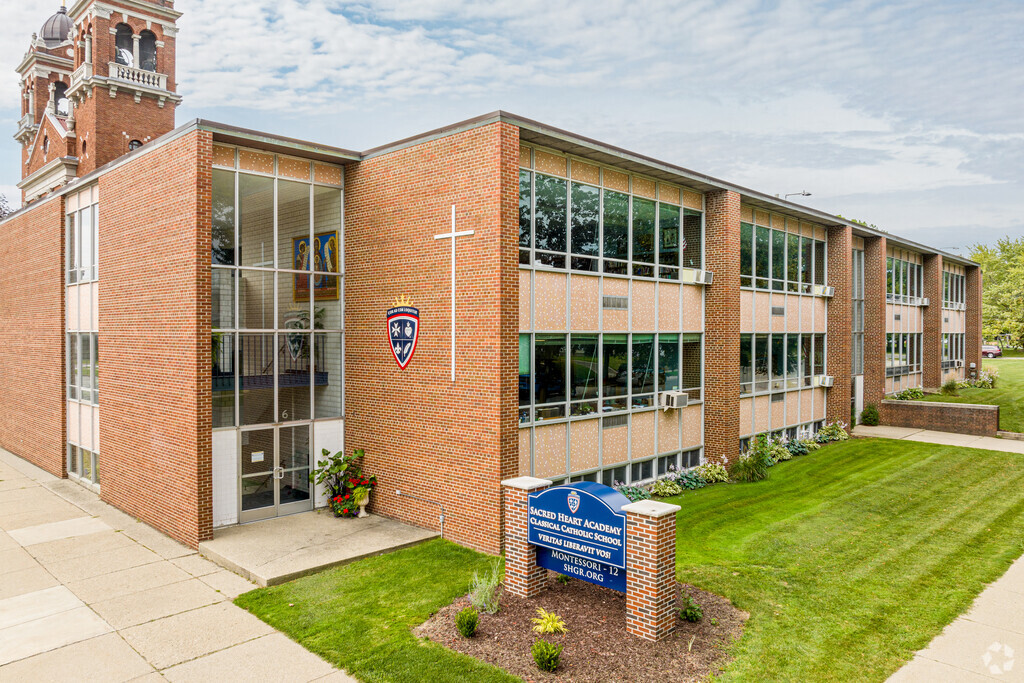
Be More Faithful, Become More Resilient: An Invitation to Religious Institutions

How Soccer Reveals Different Meanings Of ‘Secular’ In France And The US
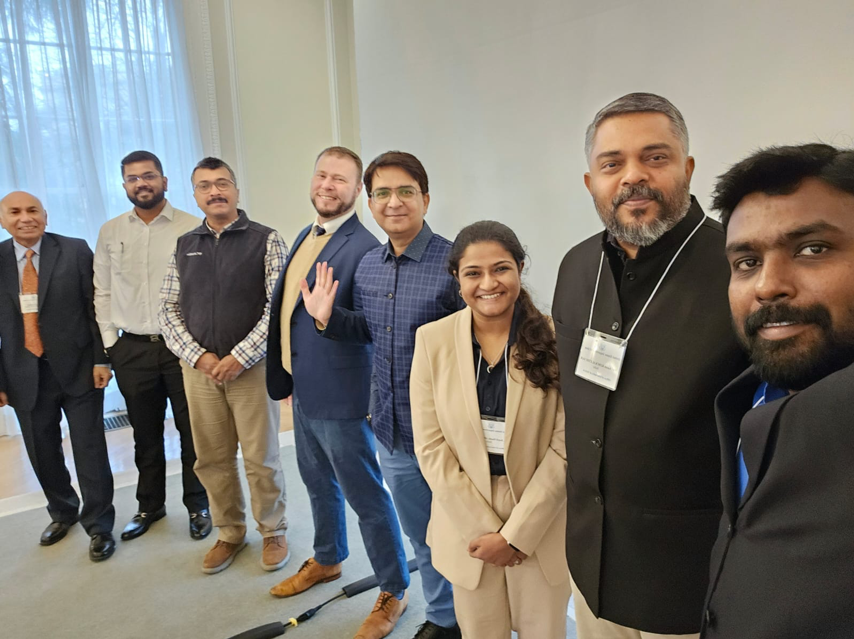
RFI’s Ismail Royer Meets with Delegation from India
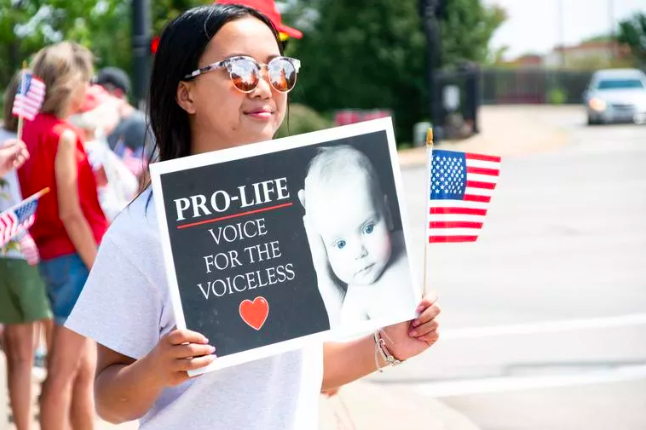
Protecting the Unborn, Mothers, and Medical Ethics: The Stakes of Arkansas’ Amendment
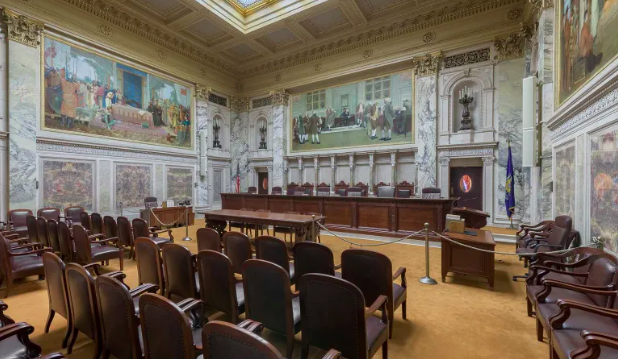
Wisconsin Supreme Court Punishes Catholic Charities for Serving Everyone
CORNERSTONE FORUM

Public Bioethics & the Failure of Expressive Individualism

Religious Liberty in American Higher Education

Scotland’s Kate Forbes and the March of Secularism

70 Years of Religious Freedom in Sweden: Prospects and Challenges

